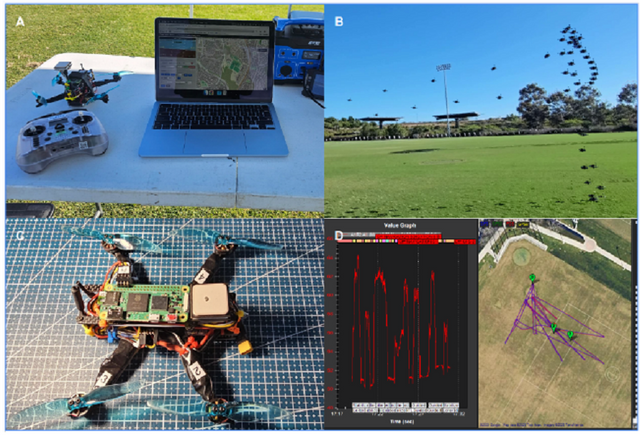First robot to create the "brains" of other robots
First robot to create the "brains" of other robots

Programming is reduced 20 times.
With three intertwined brains.

The machine exploring the solution space
Follow my publications with the latest in artificial intelligence, robotics and technology.
If you like to read about science, health and how to improve your life with science, I invite you to go to the previous publications.
You want to win, play HARRY-RAID
If you like to read about science, health and how to improve your life with science, I invite you to go to the previous publications.
You want to win, play HARRY-RAID